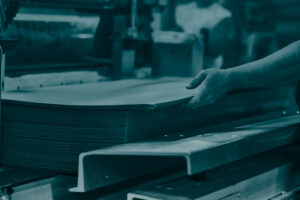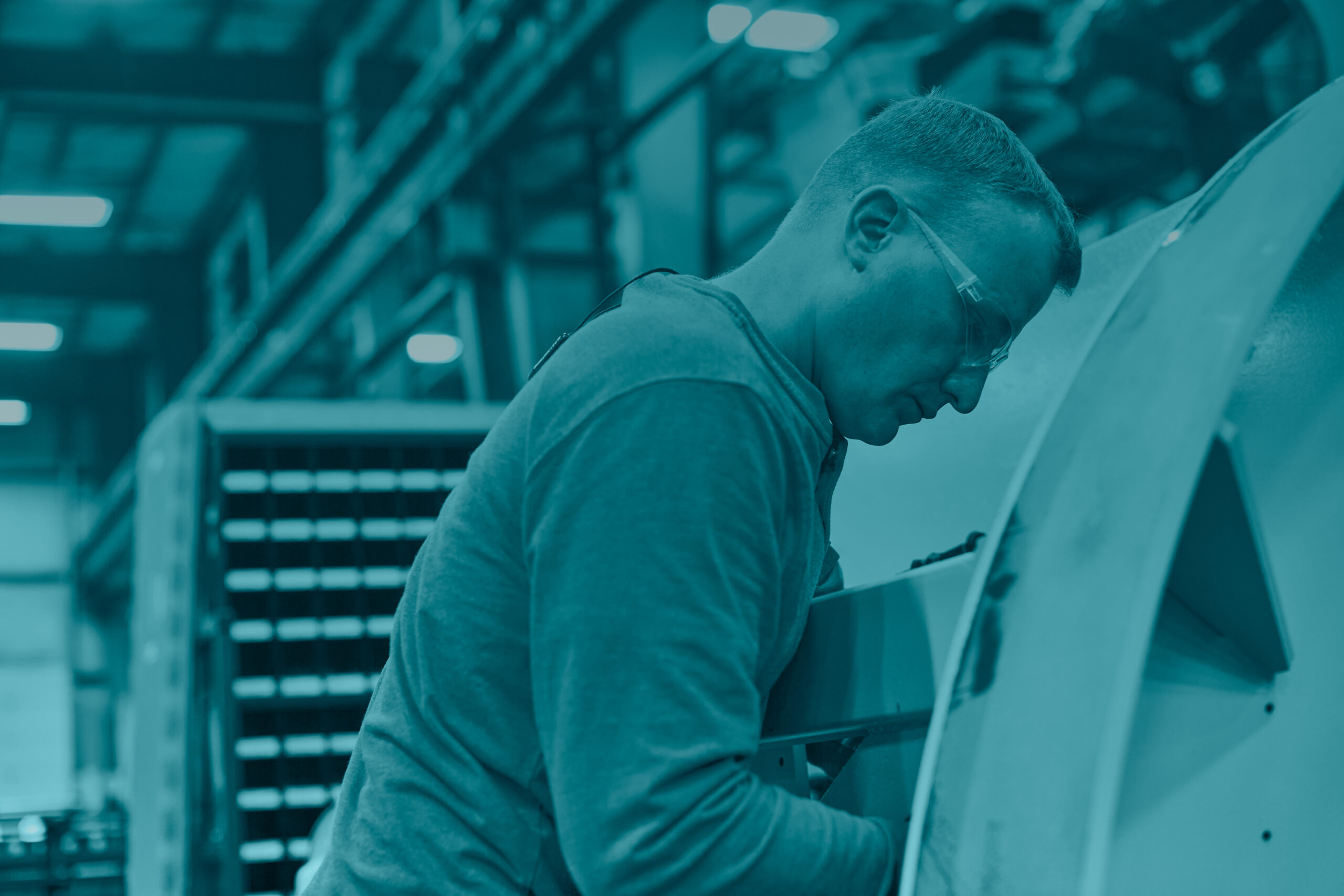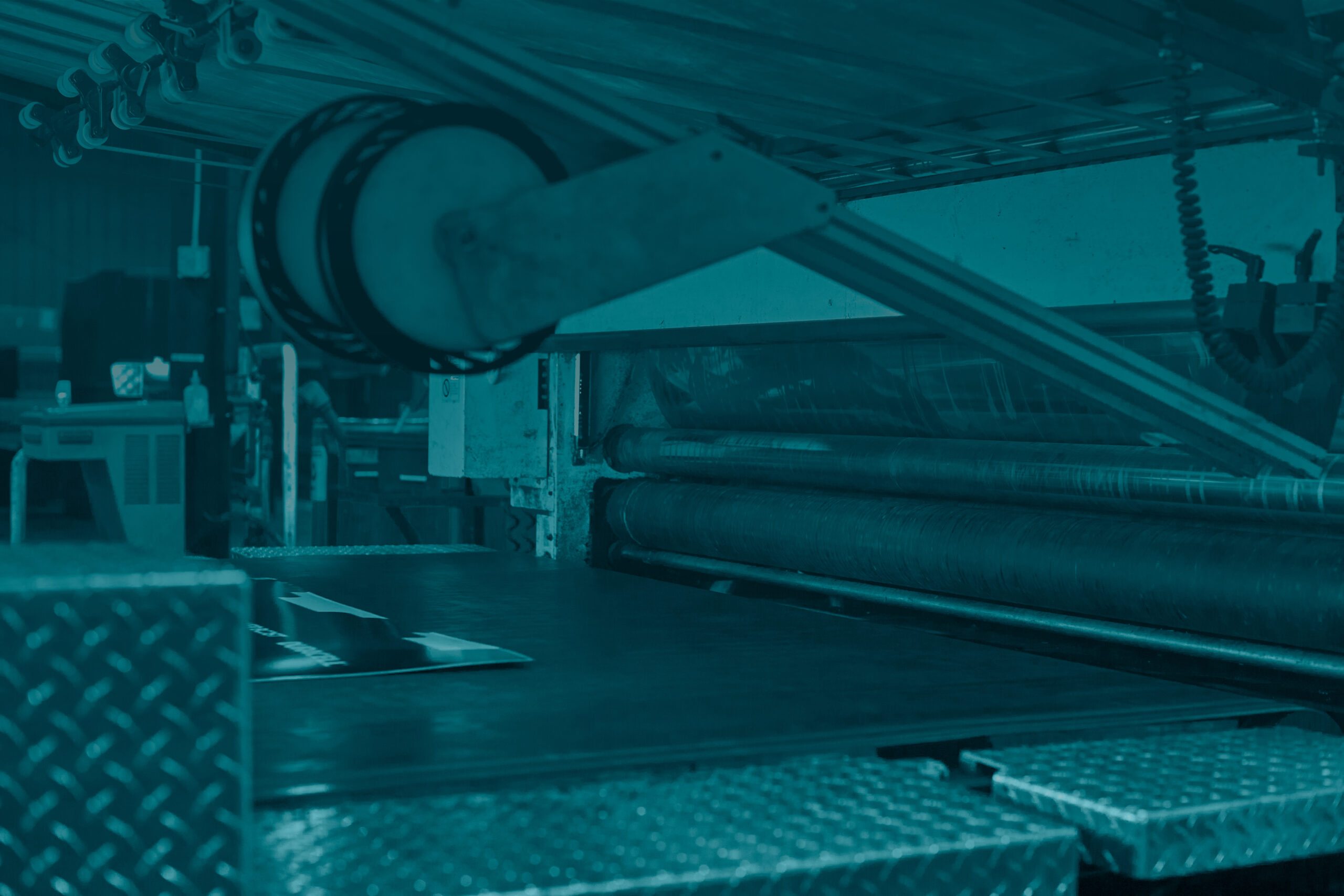Safety Best Practices for Material Handling

Depending on your manufacturing business, material handling can represent a diverse range of operations. Employees may be hoisting heavy materials with a crane, driving loaded vehicles through a warehouse, carrying materials by hand, stacking palletized supplies and materials—the list goes on! And for manufacturers, material-handling operations are critical to workflows, providing the right parts and assemblies across the floor and making sure that materials are in place exactly when they are needed.
However, the improper handling of materials can result in dangerous—and costly—injuries. Some typical hazards include falling materials, pinch-point material-handling issues, racking system damage, injuries due to improper lifting, and injuries arising from incorrectly securing machinery or cutting ties improperly. Because there is so much potential for injury, material handling remains a leading cause of occupational injuries that are disabling. In fact, the National Safety Council notes that up to one quarter of all disabling occupational injuries are a result of improper handling of materials.
To reduce the chances of injury at your workplace, consider the following safety best practices for material handling.
Material Handling Best Practices for Better Safety
There are myriad hazards for activities associated with material handling and equipment. While some are unique to specific tasks, material types, or equipment, others are more universal. To make it simpler, we’ve curated some important best practices that you can deploy right now.
Begin with the Right Equipment
Moving materials by hand is not only time consuming, but it is also risky and can set employees up for injuries in both the long and short term. Investing in the proper material-handling equipment can play a pivotal role in reducing the potential for injury from lifting and carrying heavy loads. In a factory, consider the addition of conveyor belts, forklifts, and even automated vehicles to ferry materials.
If your worksite frequently stores materials, make sure you have the right storage option for the material you are storing. Shelves and racks should be properly rated to support the materials stored there and palleted storage should be secured properly to prevent toppling. If pallets must be moved, consider palletizers and bundle breakers that assure pallets are accurately positioned on the transport medium to reduce the potential for accidental injuries.
Optimize Layouts
Believe it or not, a poor workplace layout can be costly, both in terms of productivity and hazards. Additionally, inefficient layouts can contribute to wasted space and time, which can impact productivity and, ultimately, profitability. To create a smart and streamlined work layout, consider the following:
- Any codes with which you must comply
- Which materials will be used in the area
- The purpose of the area
- Ergonomic principles
The last one, ergonomics, should be specific to the area in which the tasks will be performed. For example, ergonomics for picking areas will be different from those required in shipping, receiving, or packing.
Upgrade and Maintain Equipment
The right equipment is essential for better safety. Keeping that equipment properly maintained and, where possible, upgraded is key. Upgrading equipment as new technology becomes available can help further reduce risk as well as optimize productivity and performance. Even if you can’t afford to upgrade your current equipment, make sure it is well maintained. That means keeping sensors free of dirt and debris, inspecting machinery on a routine basis, changing fluids or parts as necessary, and ensuring that everything is in proper operating condition.
Provide Employees with Personal Protective Equipment
Don’t forget to provide employees with the right personal protective equipment (PPE) for the job they are doing. PPE is both simple and cost effective, and its impact can be dramatic. In fact, the Occupational Safety and Health Administration (OSHA) notes that more than 70% of hand and arm injuries could be prevented by using proper PPE. Any PPE, whether it is safety glasses, hand protection, safety vests, steel-toed shoes, or other guards, should be well-fitted and free of damage.
Don’t Ignore Reports of Fatigue
If you have staff that are performing manual material-handling tasks, they may experience discomfort and fatigue while on the job. If you notice signs of this or your employee reports it, take immediate action. Doing so can prevent both short- and long-term injuries and reduce absenteeism in the long run.
Inspire Automation Can Help You Create a Safer Facility
With a long history of innovation in the manufacturing industry specific to material handling, Inspire Automation has the inside track on helping our clients create safer, more productive facilities. Not only are we a leader in robotic and material-handling automation, we also provide parts and services for other major manufacturing equipment, including photoeye and electric controls, operator station components, aisle safety blocks, and more.
Now that we have merged Automatan LLC and Systec, we can easily provide the assistance you require to create a productive and safe manufacturing floor. We can assist with assessing your current workspace layout, add or upgrade equipment for greater performance and safety, and maintain current machinery for optimal production and to reduce hazards. If you want to discover more ways to improve your production floor, contact us today.
More from the Blog

Sensor Maintenance Tips and Recommendations
Sensors are devices designed to detect and measure physical properties, converting real-world information into electrical signals. Proactive sensor maintenance, cleaning, and troubleshooting can be hugely valuable for any organization.
Read Full Article
Advantages of Litho Labeling and Why It’s Still Relevant
In the dynamic landscape of packaging, litho labeling continues to stand out as a reliable and advantageous choice for high quality labeling requirements in corrugated production, and one of the top solutions at Inspire Automation.
Read Full Article